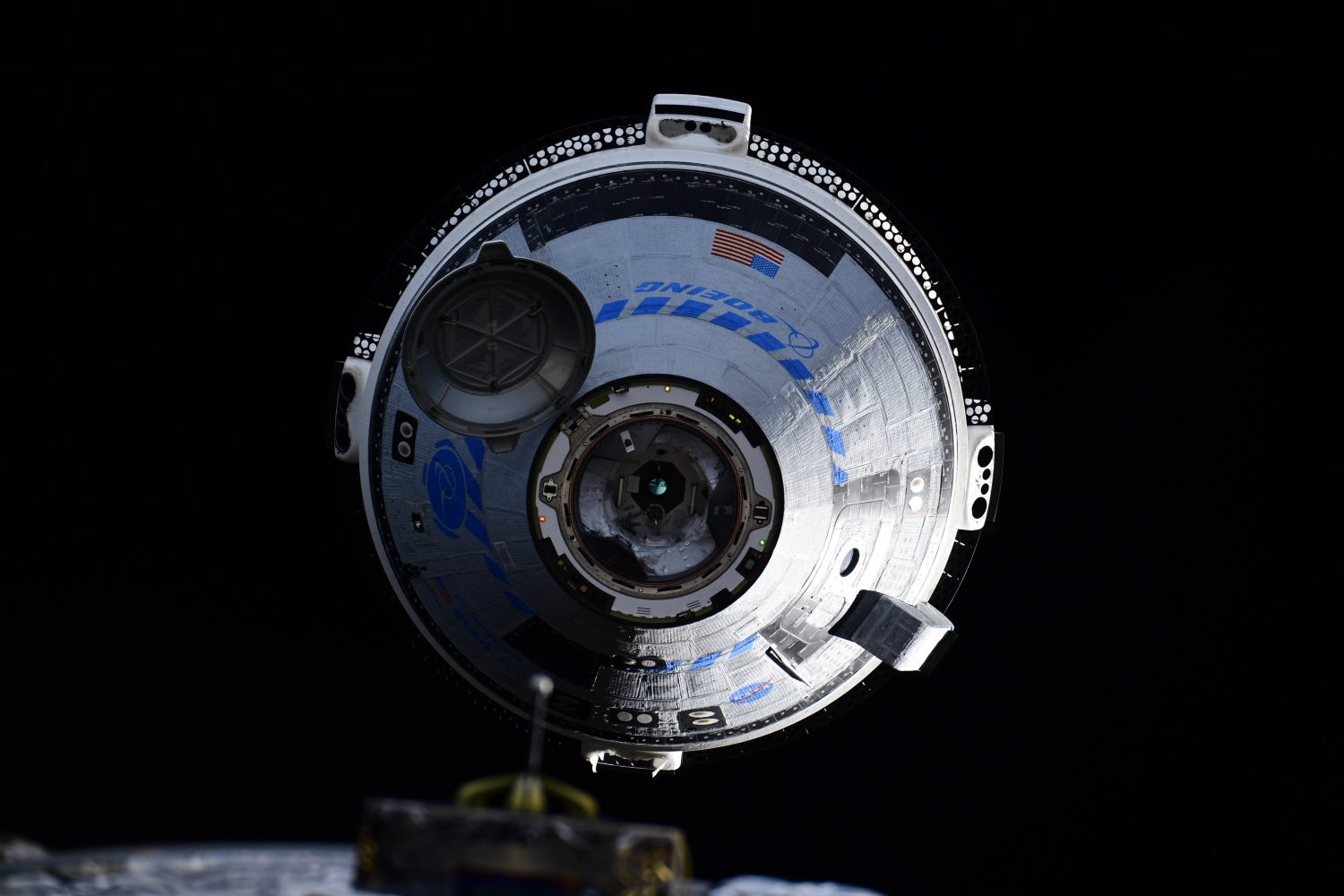
Boeing’s Starliner program has been nearly disastrous for the last few years. With every step forward, it feels like there are two steps backward. Boeing is losing money hand over fist on Starliner, so what have they been doing?
In 2024, Boeing reported $523 million in losses because of the program. In total, that is over $2 billion in total losses since the program’s inception. NASA is no longer footing the bill when it comes to delays; the only way Boeing is going to get paid is if they launch an operational crew to the ISS.
Boeing has been quiet on the progress it is making on fixing the issues with Starliner and getting it ready to fly again. NASA, too, has been quiet on when Boeing will launch another mission to the ISS and whether it will be a four-person operational flight or another test flight.
The only information we have on Starliner progress came from a safety panel’s report that NASA’s Aerospace Safety Advisory Panel is “satisfied” with the progress Boeing has made.
Boeing’s Starliner Crewed Flight Test launched with two astronauts on board. Upon reaching orbit, a handful of Starliner’s thrusters began failing, and helium leaks began to show. This was eventually remedy enough to allow the two crew members, Sunita Williams and Butch Wilmore, to dock with the ISS. However, NASA found Starliner unsafe for the crew’s return, and Starliner departed the station with its crew still onboard.
Paul Hill, a member of NASA’s safety panel, shared at a public meeting that NASA-Boeing teams have begun closing out anomalies during the CFT’s flight. However, Starliner’s propulsion system issue, the main cause for concern, remains unresolved, and teams are still attempting to track down the root cause.
This is just another issue in a long line of delays Boeing has suffered from with its Starliner program. The program’s first test flight was plagued by computer issues that made it fail to dock with the ISS. Its second uncrewed test flight was delayed for months due to valve issues on the service module. And now, the spacecraft seemingly needs work on its propulsion system.
The crew is safe; however, space has been made for them on the Crew-9 SpaceX Dragon that launched last September. Crew-9 will return as soon as late March after the launch of SpaceX’s Crew-10, which had to have its Dragon swapped due to delays by SpaceX in building its brand new Crew Dragon.
We don’t have a concrete crew list and launch date yet for NASA’s next crewed mission after Crew-10. However, it will likely be SpaceX Crew-11, as there is little chance Boeing could be certified this year. This means if Boeing’s next launch is an operational mission, the soonest I expect it to be is early 2026 if the company has a cleared spacecraft by the end of this year. (That is a big if.)
FTC: We use income earning auto affiliate links. More.




Comments